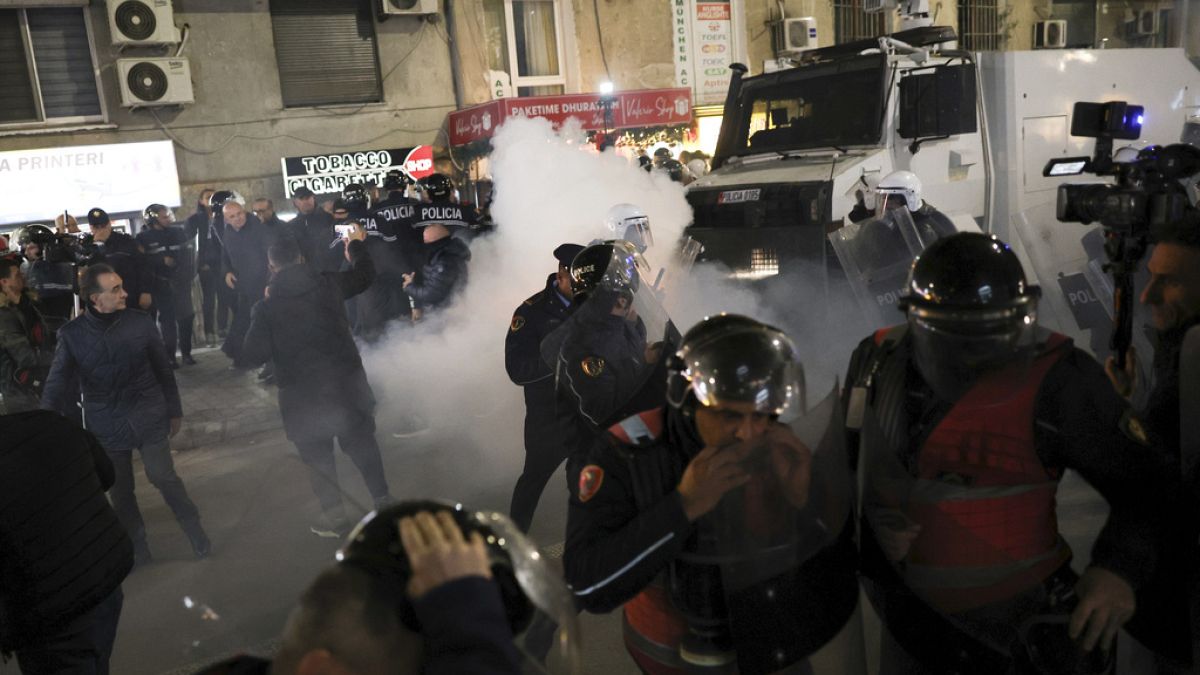There was one housing story that sparked Central Pacific Collective’s Fa’amatuainu Tino Pereira into action to push for a Pasifika-style village to be built in Porirua.
“A provider told me one day there were grandmothers being discharged early from hospital, and they came to their home — a dilapidated state house in Porirua — with no ablution facilities in the middle of winter, and her children had to go and find a bath from the dump,” he told 1News, speaking about the incident from 2018.
“All of the commitments that our communities have made … generations … the story of the migration coming here … that got to me.
“That surely must be the motivation, it gave me the courage to do whatever’s necessary and I didn’t really care what was in front of me — whether it was the prime minister, or the minister, or a bureaucrat — we just need it done.”
The vision for Our Whare Our Fale was born — aiming to bring affordable island-style living to Porirua and to support Pacific people in achieving home ownership.
Six years later, a sod turning was held on the housing site in eastern Porirua yesterday, with the land blessed by local church ministers. The proposed village is unique in that it has been designed to meet the cultural needs of Pacific peoples.
Central Pacific Collective is aiming to build up to 300 homes for the Pacific community to buy in the next decade on land leased in perpetuity by Ng ā ti Toa. (Source: 1News)
Homes will have front doors positioned inwards to face a malae (greenspace) with a large central fale (house), where the community can reflect their cultural identities through art, hold events, and support one another.
The homes are designed for intergenerational households with larger living areas and a bathroom and bedroom on the ground floor.
Creating sustainable, warm and dry homes a focus
Construction on the first 18 homes starts this morning, with an expected completion next year, Pereira said. According to the Central Pacific Collective, families in eastern Porirua are twice as likely to live in damp and mouldy homes compared to the rest of the city.
Pereira and his organisation secured nearly $115 million in funding from the previous government in Budget 2022, with local iwi Ngāti Toa being partners in the project.
The land, which can accommodate up to 300 homes over the next decade, was purchased by Ngāti Toa, with the Central Pacific Collective providing a forward payment on the perpetual lease agreement, between both groups, for the sale to occur.
“What we’re doing here in Porirua is a concrete example, a practical example of realising the vision of what Te Tiriti o Waitangi makes possible,” Te Rūnanga o Toa Rangatira chief executive Helmut Modlik said.
A stone from Whitireia maunga in Porirua was buried on the land as part of the blessing ceremony, to connect the whenua (land) with a significant site for the iwi.
Family speaks of ‘opportunity’ to break norms
Lisa Taueu-Anae is expecting to purchase one of the first fale (home) in the project, along with her four children and husband. The family currently live in a three-bedroom home in Porirua. They are looking to buy a four-bedroom fale, with the option of turning the study into a fifth bedroom for their youngest child.
“To be able to break that cycle of thinking that it’s okay, that that’s the norms, that staying in an overcrowded house is just a normal thing … having that opportunity now to be able to step into that space of being able to buy our home.
“It’s just beyond what we even thought about growing up,” she told 1News.
Taueu-Anae was raised by her grandparents, the oldest of more than 100 grandchildren.
Her grandfather was her father figure and he instilled in her a motivation to own a home, like he did in Porirua, but she didn’t think it was possible with barriers in the financial literacy required for purchasing a home, alongside the cost.
Her “father” died last year. She wanted to bring him along on her homeownership journey, for the sod-turning milestone, by wearing a badge with a photo of him on her coat.
“I know that he’ll be very proud.”
The project offers financial education and support to prospective buyers, including a shared ownership scheme, where families can buy out the collective over time, after going in on a deposit together, with house prices set below market rates.
“You’re getting guided along by people that will support you, because they want you to get a home. I guess that’s the difference,” Taueu-Anae said.
Pacific people who meet financial criteria and are first-home buyers are eligible to apply to live in the development. Speaking to 1News, Taueu-Anae wants to inspire those around her to see that homeownership is possible, through the scheme.
“Hopefully for the rest of my cousins and my family behind me to sort of take that leap as well and just open up the doors for them too.”













